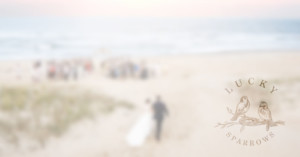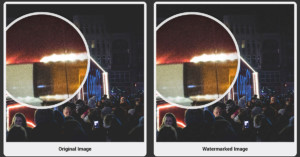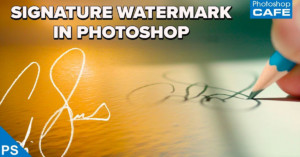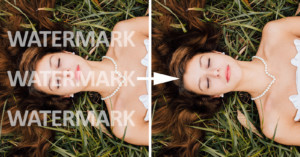
AI Images Generated on DALL-E Now Contain the Content Authenticity Tag
AI images generated on OpenAI's DALL-E 3 will now have a watermark added to them from the Coalition for Content Provenance and Authenticity (C2PA).

AI images generated on OpenAI's DALL-E 3 will now have a watermark added to them from the Coalition for Content Provenance and Authenticity (C2PA).

Adobe and a host of other companies have unveiled a new symbol that can be tagged onto content that establishes an image's provenance.

A team of researchers has put together a new initiative with an available open-source code to help better detect deepfakes that have been edited to remove watermarks with the goal of avoiding the spread of misinformation.

Inevitably a time will come around when a budding photographer decides to start "taking this seriously," "discouraging image theft," and (my personal favorite), "gaining exposure." And they do this, of course, with a watermark.

Imatag is a new service that uses invisible watermarks to protect photographs from copyright infringement. With the development of AI technology that can easily remove physical watermarks, more covert solutions could be a solution for photographers looking to identify and prove ownership of copied images online.

Here’s a simple way to create a digital watermark using your signature that you can use as a Photoshop brush. This 5-minute video from Colin Smith of photoshopCAFE shows you the steps needed using just a paper, pencil, and a smartphone.

Google recently published a paper showing how easy it is for a computer to detect an identical watermark from a large collection of photos and then cleanly remove that watermark from each photo. Shutterstock has responded to Google's AI by developing a new randomized watermark that counters it.

Happy that your photos are safe online hidden behind aggressive watermarking? Maybe it's time to reconsider. New Google research shows that a lot of watermarks, including those used by major stock websites, can be easily removed automatically by computers. But there's a way to prevent it.

Photographer James Brandon gave quite a few people a chuckle recently after sharing this picture of a supercell thunderstorm in Seymour, Texas, on his Facebook page. As you can see, he slapped his watermark quite prominently on the photo to prevent it from getting stolen by others.

Watermarks are a controversial topic. Many believe they ruin your images, and are so easily removed that there's no point in adding one. Others see it as a necessary hurdle they would like to place in a potential photo stealer's way.
If you happen to fall in the latter camp, Phlearn's Aaron Nace would like to show you a simple way to create a custom brush that will take care of your watermarking needs for good, and offer a few tips on how to apply that watermark so that it doesn't outright ruin your images.

The aerial photography work of Edward Burtynsky is spectacular. So much so that Canadian filmmakers Jennifer Baichwal and Nick de Pencier -- the creators of the Burtynsky documentary Manufactured Landscapes -- are featuring him in yet another visual stunner called Watermark.

A reader over at Gizmodo sent a tip their way yesterday pointing to an embarrassing situation involving PayPal's use of a certain stock photograph.
Although it has since been removed, a photo of a small pocket watch over on PayPal's Political Campaigns page with a "donate" button located over it was found bearing a rather obvious iStock watermark... oops.

A Malaysian researcher may have dealt a major blow to image thieves by using the mathematical formulas behind Sudoku puzzles to create hidden, super-strong watermarks.

Photojournalist John D. McHugh was sick of having his photos stolen and infringed upon the moment he posted them online. And even though he can, of course, put watermarks on his photos in Photoshop, he found himself wondering if maybe he couldn't come up with a better way. Enter Marksta, an app that allows you to watermark photos right on your iPhone before posting them to Facebook, Instagram, and other places where they may be easily stolen.

Watermarks are commonly used by photographers these days to protect their work from unauthorized use and distribution. However, they're not very popular among photo viewers, since they do a lot to detract from the content of the photographs.

Watermarks are a popular way of “signing” photographs and deterring theft, but having a giant logo overlaid on your …

Wanting to shed its image of being "old media" and "old fashioned", Getty Images has unveiled a new watermark that does away with the annoying logo in favor of short links. Rather than plaster the words "Getty Images" across the front of photos, the new watermark is actually useful: it provides a short link that directs viewers to the webpage for that particular image and also gives credit to the creator of the work. Inspired by the plaques found at exhibitions, the new watermark is offset to the side rather than smack dab in the middle.

This comment posted (and deleted) by Reddit user WonkoTheLucid shows why photographers need …